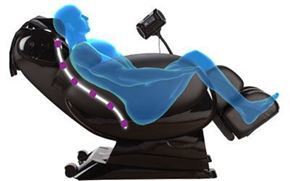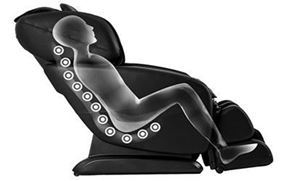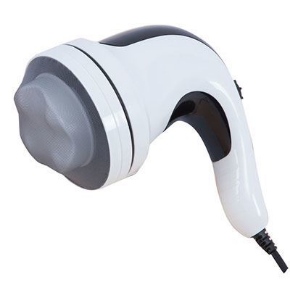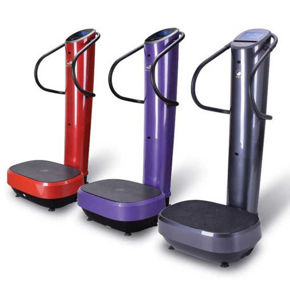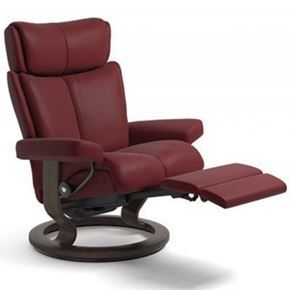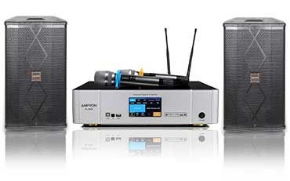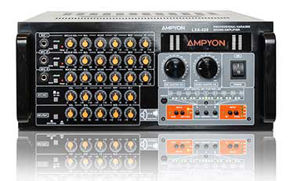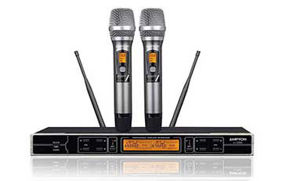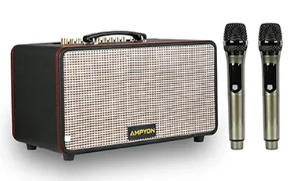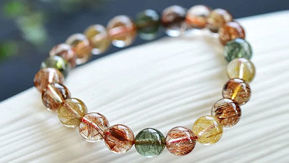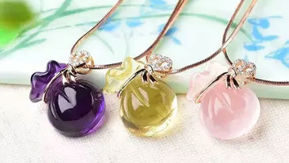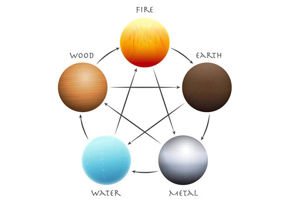Our focus in this article will be to discuss grow lights, how you can purchase the best ones for your indoor garden, and how to set them up.
Indoor gardening offers numerous benefits. Aside from the obvious fact that you don’t have to worry about animals digging up your plants or insects eating them, there’s also the added benefits of having control over the plant’s environment and not having to worry about bad weather spoiling your garden.
However, one aspect of gardening that a lot of people fail to remember is the importance of light and the role that it plays in plant growth. Even though there are light sources indoors (such as overhead lighting and lamps), they aren’t the right type of light. This is because light bulbs don’t have the same intensity or wavelength as the sun and thus, aren’t able to benefit your indoor plants in a similar manner to how the sun would.
For this reason, buying lights that are specifically designed for indoor gardening is essential. So, on that note, let’s jump right in and discuss everything that you need to know about buying the right lights.
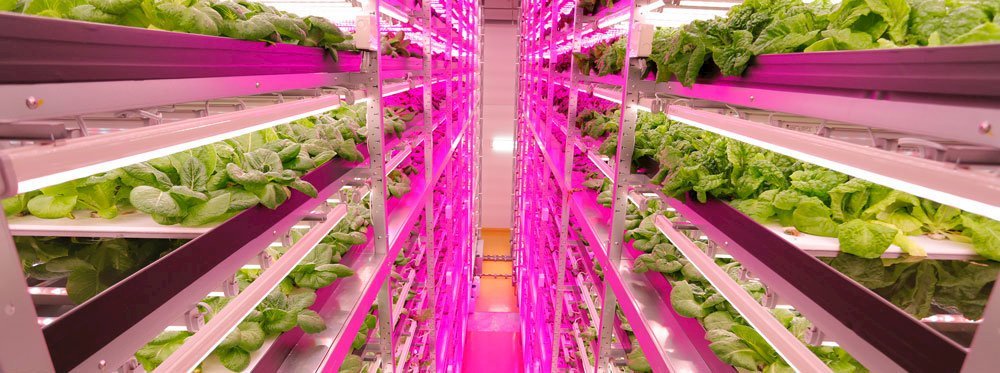
Understanding Warm and Cool Lights
One of the main things to look out for when shopping for grow lights is the light’s warmth. This value can be identified by the letter “K” that will be printed next to it (e.g. 3000K). If this value is high then the light is cooler and if it is on the lower end of the spectrum, the light will be warmer.
If you’re going to be growing vegetables or seedlings, then the best type of lighting to look at is cool lighting at roughly 6500K. On the other hand, if you’re growing plants, flowers, fruit, or even the devil’s lettuce, 3000K lights are what you’re looking for.
Unsure about the warmth of light to buy for your indoor garden? Either do a quick search on the internet or buy lighting that’s somewhere in the middle of the spectrum. The downside to this is that your plants won’t grow as well as they would be able to, so buying lighting that’s within the appropriate range is ideal.
Different Types of Grow Lights
Not only do we need to consider the warmth of grow lights, but the type of lighting is also important. When it comes to indoor gardening, there are three types of grow lighting:
- Fluorescent
- LED
- HID
Each has advantages and disadvantages so to help you decide which one to buy, we’ve detailed each type of light bulb below.
T12 Fluorescent bulbs are ideal for basic grows such as starting seeds and houseplants. These bulbs must be reasonably close to your plants because of how low their light intensity is.
Alternatively, T5 fluorescent bulbs are a step up and while they are still great for house plants, they should be used for plants that need more lights than an average plant would.
LED lighting is more effective than fluorescent lighting in the sense that their lifespan is 4-5 times as long and they use a fraction of the electricity. Unfortunately, they also have a noticeably higher price tag.
Although LED lights can offer significantly higher light intensity than fluorescent lights can, you have to buy a specific type of LED bulb if you want to use it for growing plants.
HID lights have been the number one choice for indoor gardeners for a long time. Similar to LED lights, HID bulbs are very expensive and aren’t resource-efficient (they will drive up your electricity bill!).
Nonetheless, they offer the most intense lighting and if you want a successful grow, they’re the bulbs that you want to use.
Installing Grow Lights for Your Indoor Garden
Once you’ve bought some grow lights your next step is to install them. The installation will vary depending on the plants that you’re growing and the lighting that you bought, but here is a basic gist of what the installation process will consist of.
Step #1 – Calculating the Number of Bulbs Needed
First of all, you have to calculate the wattage of the bulbs you need and how many are needed. Don’t worry, it’s easier than it sounds.
For this step, you need to calculate the W/sqft (Watts per Square-Foot). You can do this by multiplying the area of your indoor garden (in square feet) by how many watts your light bulbs are, and then dividing the result by the wattage of your bulbs.
You should aim to keep the W/sqft between 30 and 50 – higher than this could dry out your plants and lower would supply minimal lighting.
Step #2 – Fitting a Rack
Next, a rack needs to be fitted above your indoor garden. To make your life a lot easier you should look into making the lighting rack adjustable. As your plants start to grow they’ll get closer to the lighting and you’ll have to raise the rack to prevent damage and ensure that the plants are getting their recommended dose of lighting.
There are a couple of options here. You can either buy a light rack that is specifically made for grow lights, or you can create your own. If you build your own, then using a chain or cord of sorts is ideal for making the rack adjustable.
Step #3 – Adding Optional Equipment
As you might have guessed, this step is optional. Most indoor gardeners add a few extra pieces of equipment to their indoor garden such as lamp timers, cooling systems, or a vent system. Lamp timers will prevent your grow lights from getting too hot and some of the more expensive timers can be used to schedule when the lights will turn on and off.
A simple cooling system (which uses cooling liquid) can be effective too. But, as we said before, adding other pieces of equipment is completely up to your own discretion.
Step #4 – Adjusting the Height of the Lights
Lastly, remember to adjust the lighting height every so often. You want to keep about one foot between the lighting and your plants, so adjust the height accordingly.
That’s it – you’ve just installed grow lights for your indoor garden. It should take no longer than an hour to get everything set up and into place.
Do I Keep Grow Lights on All the Time?
Because indoor plants don’t get as much sunlight as outdoor plants, they need a lot of lighting to help supplement sunlight. Ideally, you should have your grow lights on for about 18 hours each day, give or take a few.
Now, as tempting as it might be to leave the grow lights on constantly, try to avoid this. Plants need darkness to grow too and by turning the lights off for a few hours each day, they can cool down and you won’t have to worry about them overheating and “popping”.
If you stick with indoor gardening then you’ll get a better idea of how much light specific plants need for optimal growth, but generally speaking, about 18 hours will do the trick.
To Conclude…
Indoor gardening is a great way to prevent unwanted interference and stay on top of whatever you’re growing, but without the right lighting, you won’t see the results that you’d hope to. As you can see, understanding the different light bulbs that are available isn’t hard by any means. Given that it takes just a few minutes to have a full understanding of light bulbs, if you’re serious about perfecting your indoor garden then it really is worth taking the time to select the best light bulbs for your grow.




